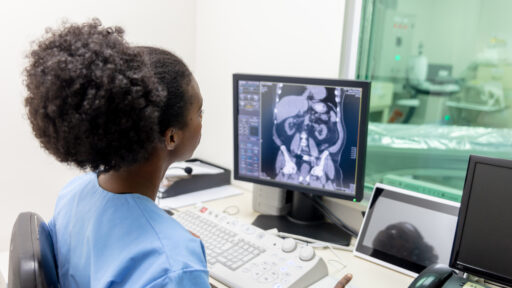A Brain Perfusion SPECT (Single Photon Emission Computed Tomography) scan is a type of nuclear medicine imaging test that measures blood flow (perfusion) in the brain. It provides detailed images that show how blood is distributed across different regions of the brain, which can be crucial in diagnosing and managing various neurological conditions. Here’s how it works and its key features:
How It Works:
- Radiotracer Injection: A small amount of a radioactive substance, known as a radiotracer, is injected into the patient’s bloodstream. This tracer is typically a compound that binds to red blood cells or is rapidly taken up by brain tissue, allowing it to highlight areas of blood flow.
- Distribution in the Brain: As the radiotracer travels through the blood vessels, it accumulates in the brain based on the level of blood flow to different areas. Regions with higher blood flow will take up more of the tracer, while areas with reduced blood flow will absorb less.
- SPECT Imaging: After allowing time for the tracer to distribute throughout the brain, the patient undergoes a SPECT scan. The SPECT camera rotates around the head, capturing images that show how the tracer is distributed, which correlates with the blood flow patterns in the brain.
- Image Analysis: The images produced by the SPECT scan provide a 3D representation of cerebral blood flow. These images are analyzed by a radiologist or neurologist to identify patterns that may indicate various conditions, such as areas of reduced blood flow that could suggest a stroke, seizure focus, or other neurological issues.

